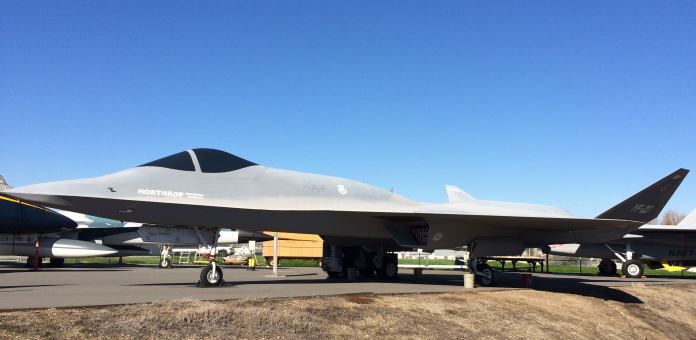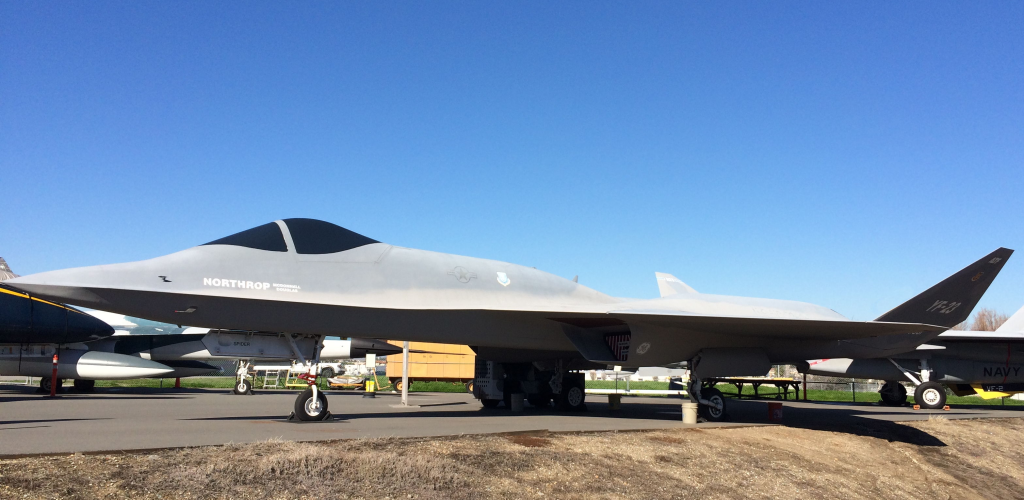
“In the high-stakes arena of military flight, the tale of the Northrop Grumman YF-23 Black Widow is one of persistent whys and wherefores and technological marvel.
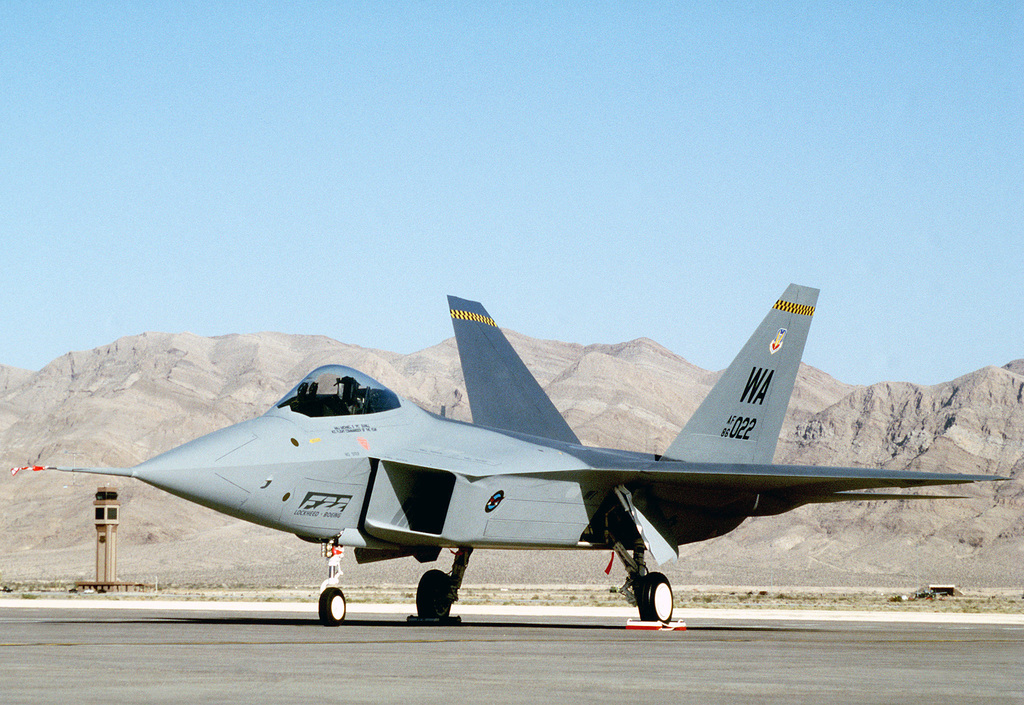
The YF-23, a Cold War stealth fighter, had its time cut short by finishing second to the Lockheed YF-22 in the Advanced Tactical Fighter (ATF) program, stoking persistent controversy and speculation on the part of defense analysts and hobbyists.”
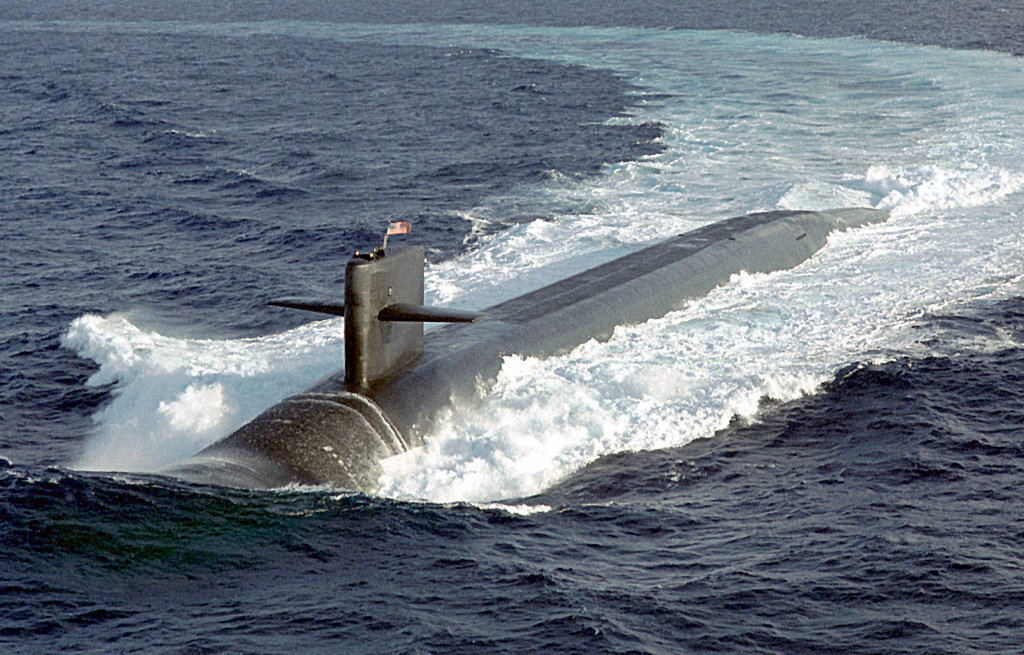
U.S. Navy Submarine Collision: A Rare Glimpse Beneath the Waves
On March 19, 1998, something unusual and unsettling happened beneath Long Island’s waves. Two U.S. Navy submarines, the ballistic missile submarine USS Kentucky (SSBN-737) and the fast-attack USS San Juan (SSN-751), collided during a highly classified training exercise some 125 miles offshore. The incident happened at about 9:30 a.m., and while it left little more than scratches, its effects had waves far broader than the initial blow. Both subs, each with a complement of approximately 130 crewmen, surfaced and returned to Groton on their own power, where they were thoroughly inspected as an official investigation was launched.
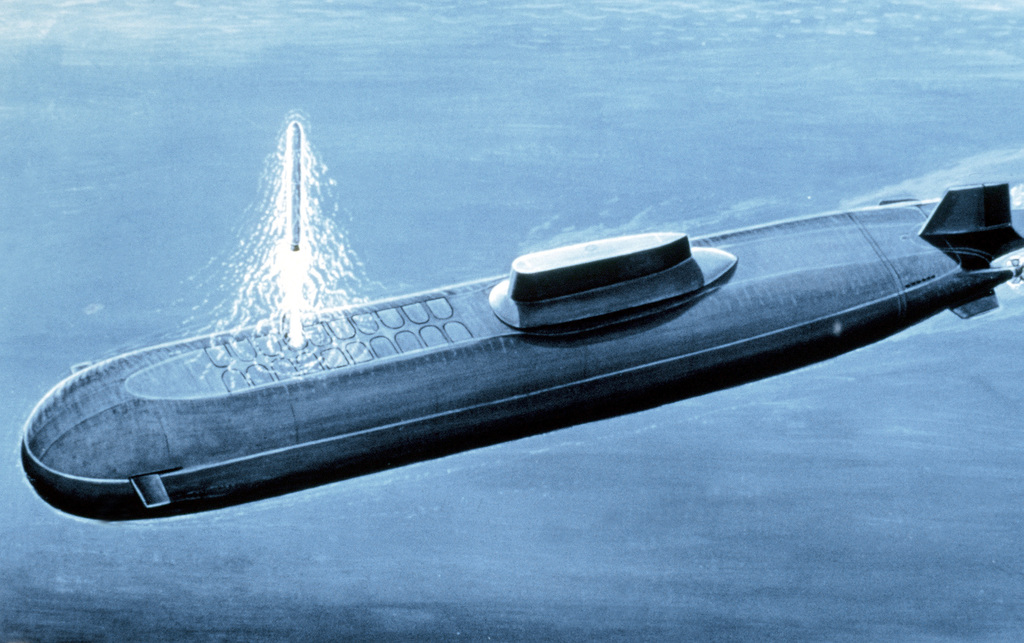
A Collision Few Expected
Submarine collisions are very rare in the annals of the U.S. Navy, due to superior sonar, strict navigation procedures, and strict crew training. The two extremely sophisticated ships colliding in a planned exercise shocked observers within the Navy. Lt. John Wallach, spokesman for the Navy, called the collision “extremely uncommon,” noting the razor-thin margins of error that these underwater giants work with. Submarines, however, rely to a large degree on sonar and manoeuvre computation, where even the smallest misinterpretation can lead to bringing ships close with grave danger.
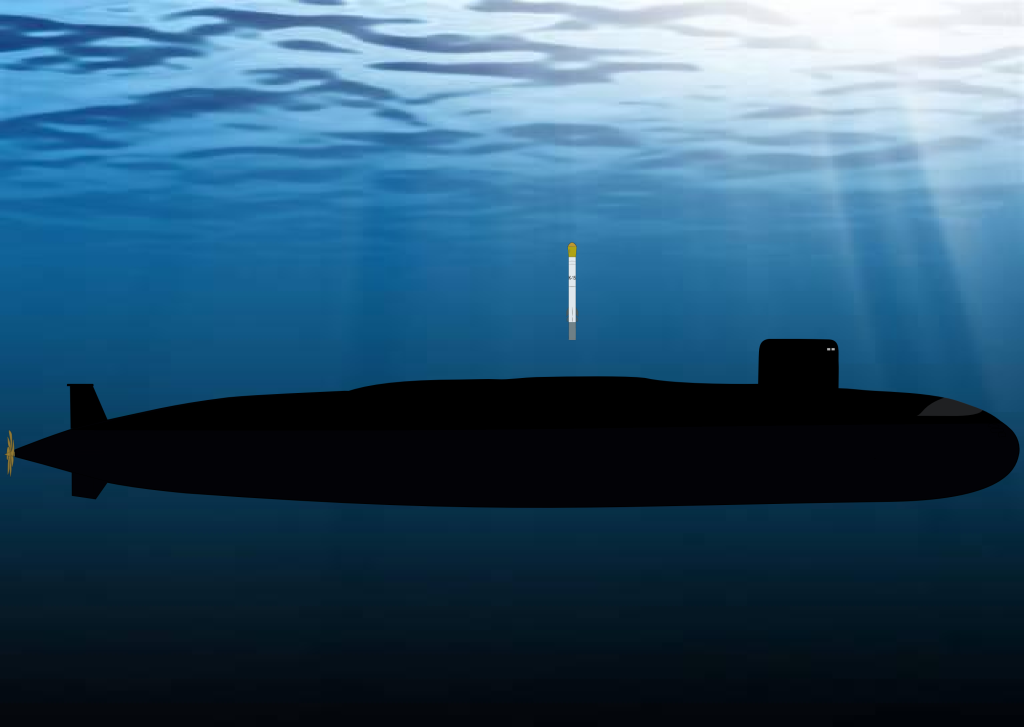
Training in the Shadows
The incident occurred during a classified exercise designed to test the fleet’s readiness for high-stakes, real-world scenarios. These drills often demand submarines to operate in close proximity, shadowing or evading each other to sharpen their stealth and detection capabilities. While this realism is essential for national defence, it also heightens the risk of unintended encounters. In this case, the very measures meant to prepare the Navy for conflict inadvertently created the conditions for a rare peacetime mishap.
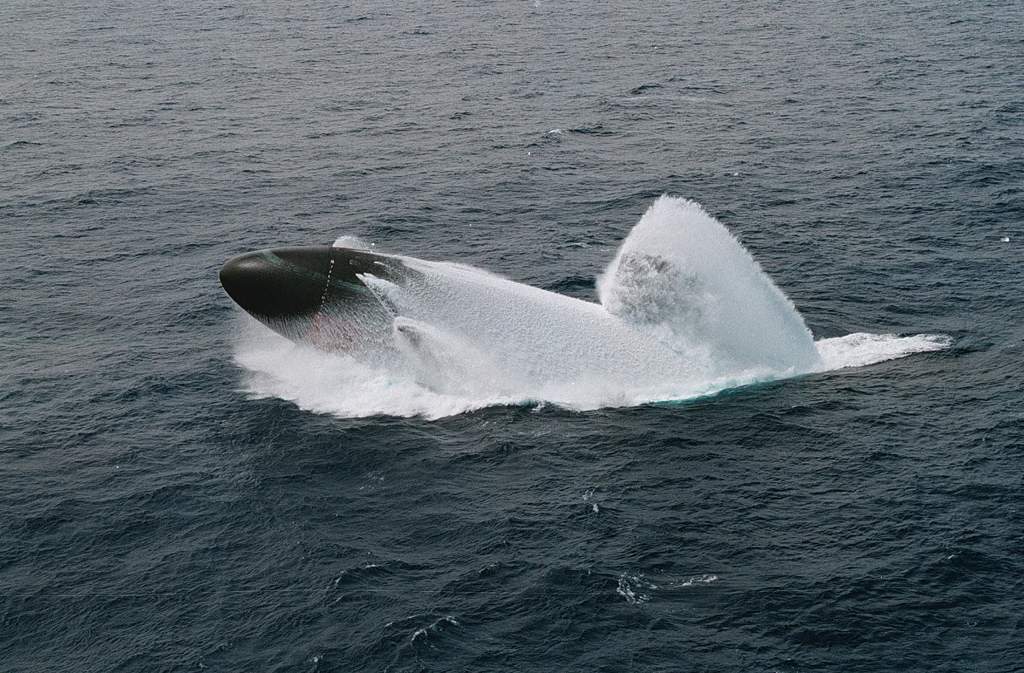
Containing the Damage
When the two submarines made contact, well-rehearsed emergency protocols went into immediate effect. Crews quickly secured compartments, checked for breaches, and initiated controlled surfacing procedures. Communication with command was established, and both vessels made their way back to port without requiring external assistance. The absence of hazardous material release or compromise to nuclear propulsion systems was a point of significant relief not just for the Navy, but for the communities that rely on these assets for protection.
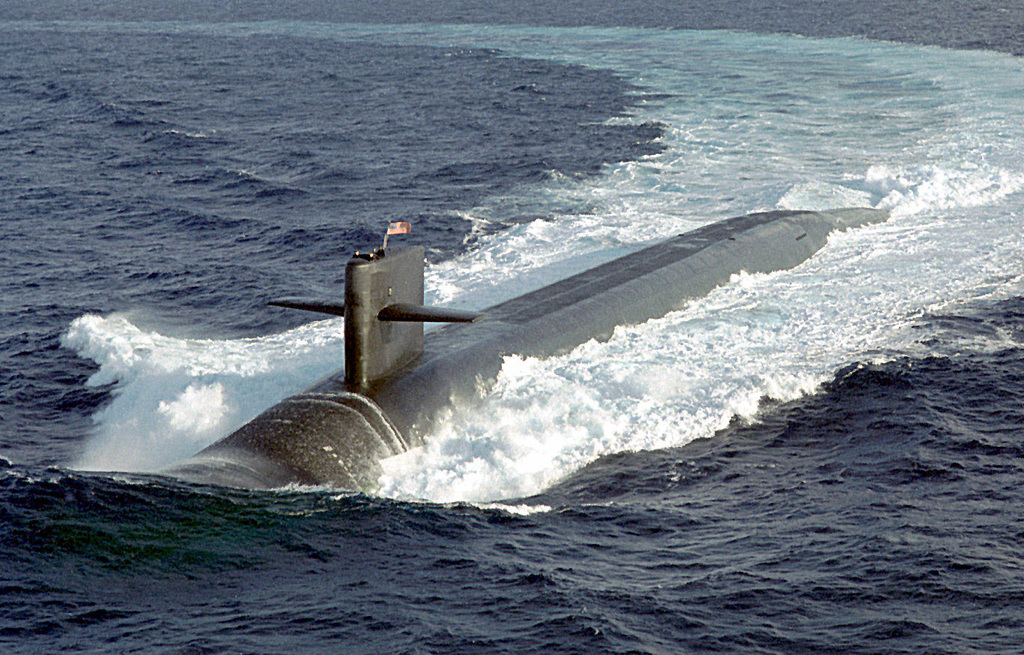
The Human Factor Below the Surface
Submarine living is difficult under the best of conditions: prolonged deployments, close quarters, and high operational stress are the norm. A collision, even one with zero fatalities, will add psychological stress on crew members. Following such incidents, the Navy will provide counseling and official debriefing to ensure confidence is restored and sailors are directed towards future missions. For the crew of the Kentucky and San Juan, the incident was an experience in resilience shared by all.
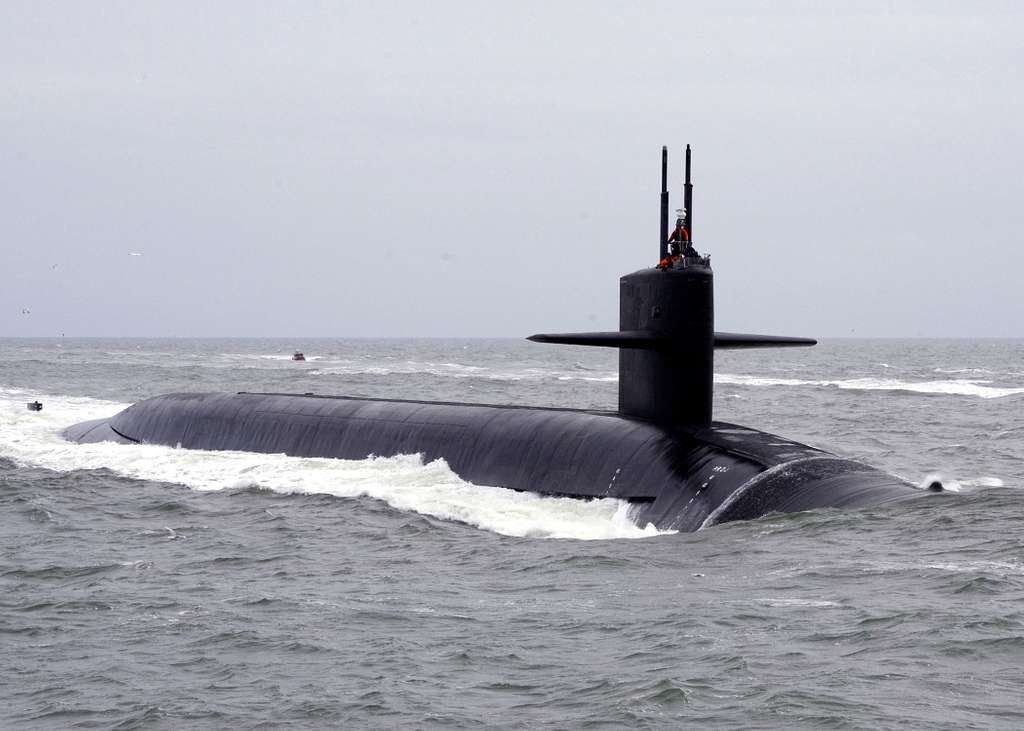
Eyes Watching Around the Globe
Ballistic missile submarines, like the USS Kentucky, are among the foundations for nuclear deterrence by America. Everything that occurs on a vessel like that attracts global attention, ranging from allies monitoring for safety protocols to rivals searching for hints of espionage. Although the Navy has been cagey with facts e.g., whether or not the Kentucky had armed Trident missiles aboard at the time of the accident it has uniformly informed the public that there were no strategic weapons breached or damaged.
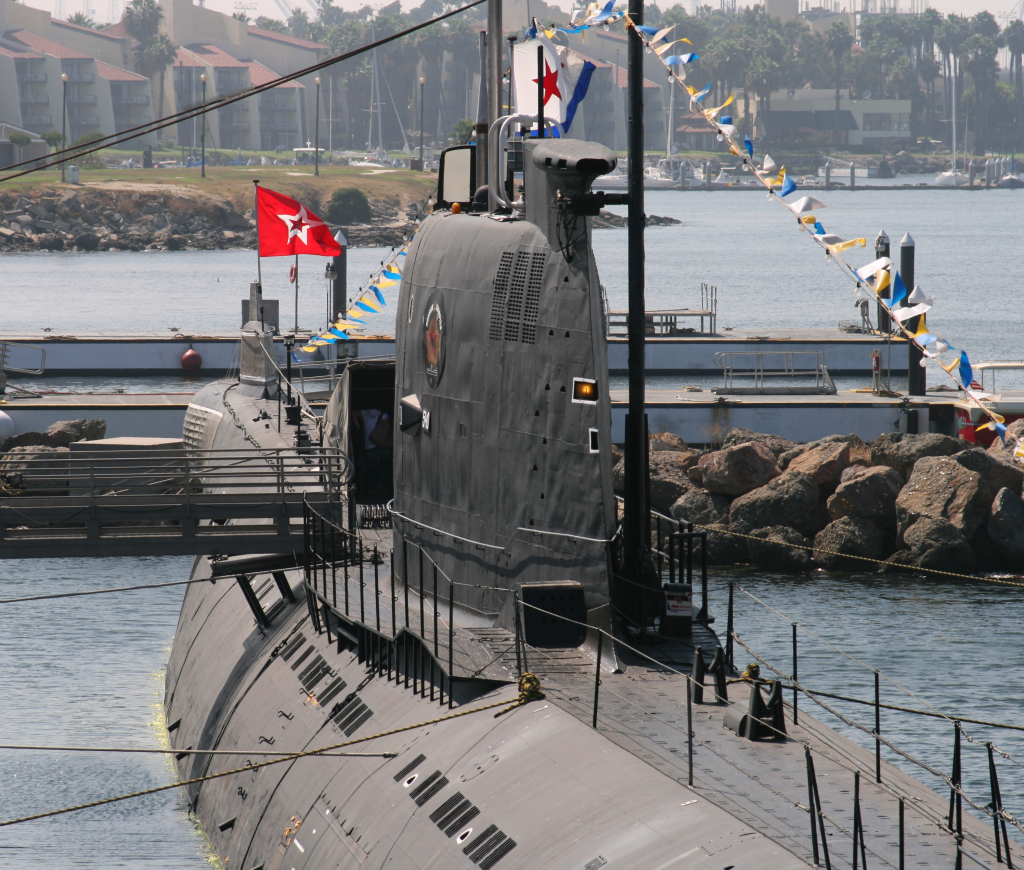
Lessons of the Past
The Cold War era was marked by several incidents of U.S. and Soviet submarines colliding while performing stressful shadowing operations. Each incident led to changes in tactics, improved sonar equipment, and improved communication procedures. The 1998 collision is part of this historical background, reminding us that even with the most advanced equipment, the sea is a harsh and unpredictable place.
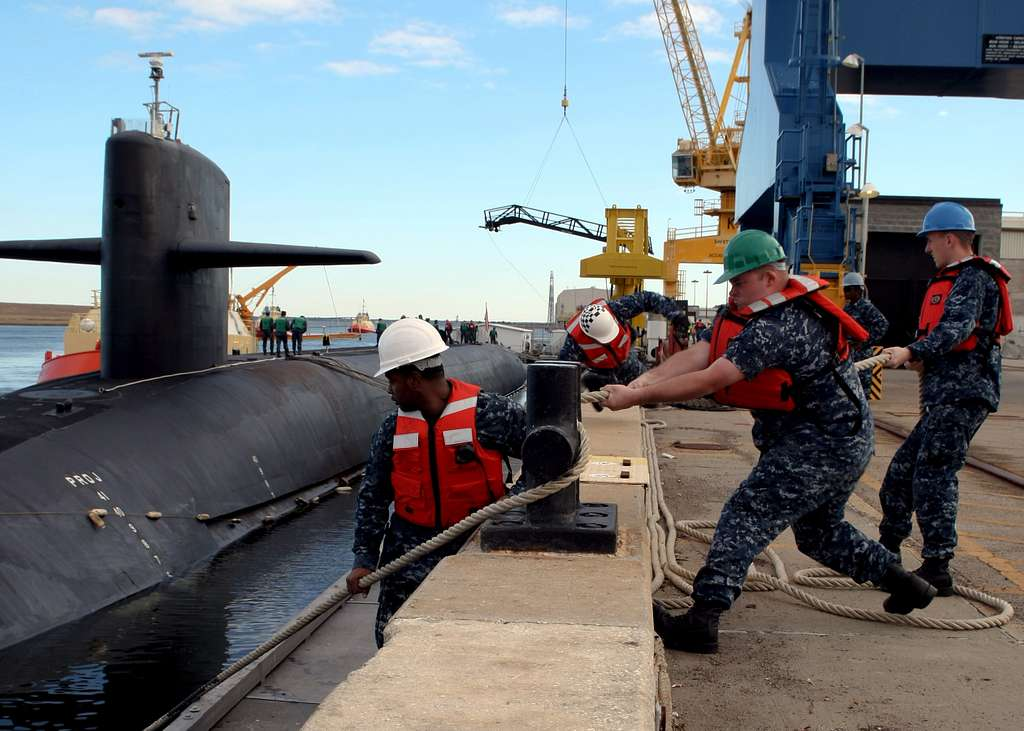
A Catalyst for Change
After the crash, the Navy launched a full investigation not just to assign fault, but to seek out ways to be better. Collisions such as this one typically lead to upgraded sonar gear, more crew training for multi-ship exercises, and improved collision avoidance technology. While this one did not become tragedy, its lessons would shape submarine operations of the future quietly.
